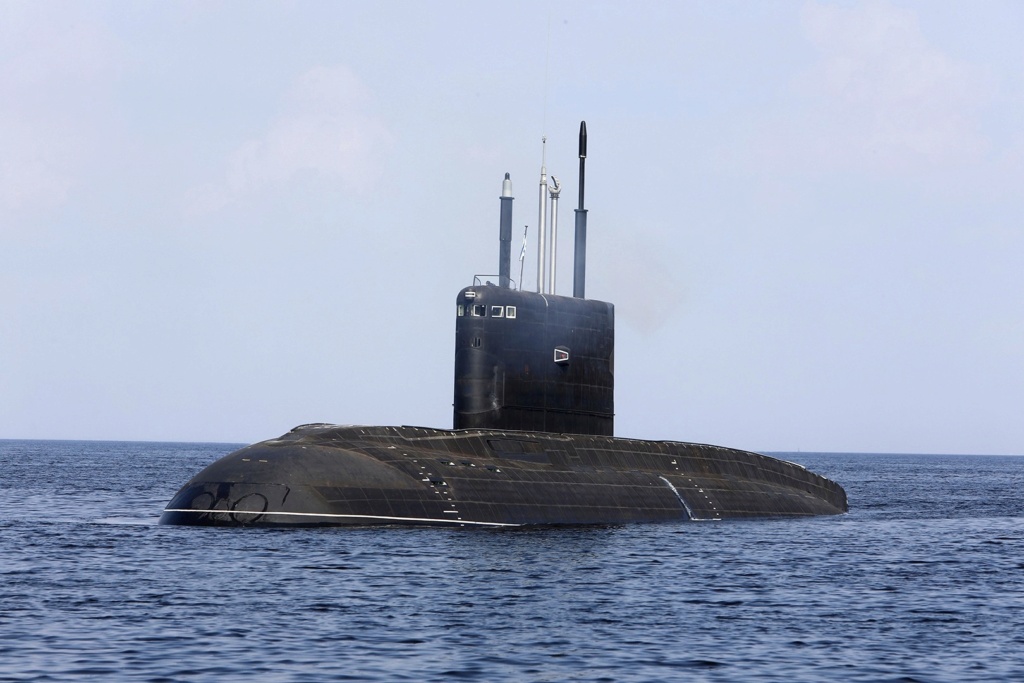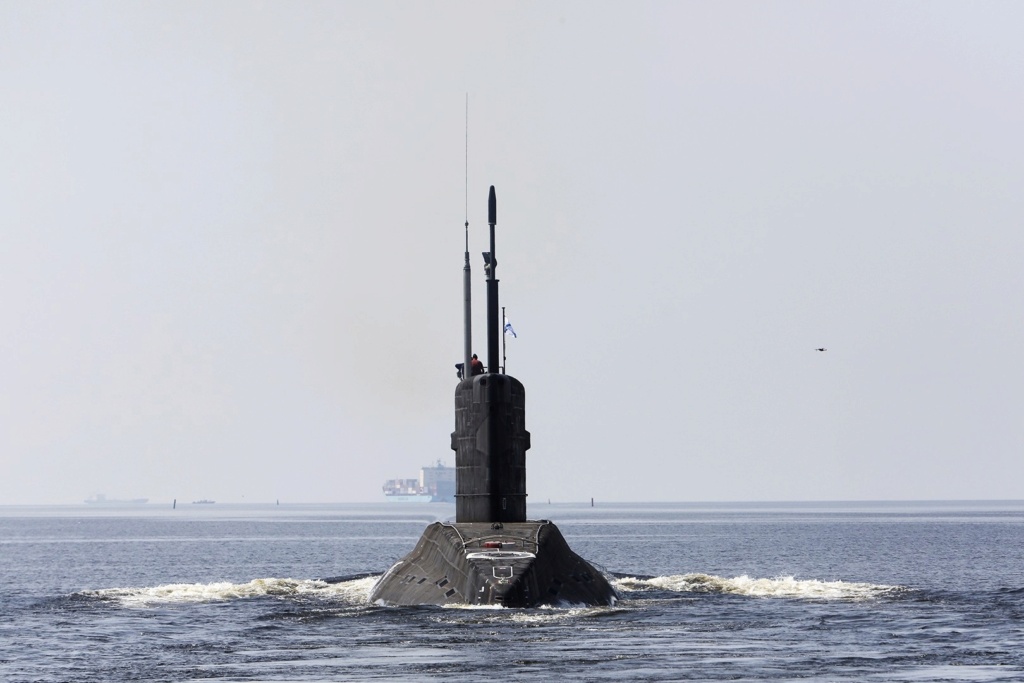RTN wrote:Look maybe the Kilo was a good conventional sub as was the German Type 214. But the thing with conventional submarines is that they are way past their use by date. Nuclear submarines and Extra Large UUVs (XLUUVs) are the future.Isos wrote:And you are quite wrong about the kilo being exported. The first improved kilos were made for export. It's just after seeing how good they were that russia ordereds some. First to order them was China back in the 90s and it was the project 636. Then Algeria and Vietnam ordered some too.
Russia ordered its own just in the 2010s. And yes it was improved even more called project 636.3. But the export version being made first it wasn't a downgraded version but an improved version of old kilo.
We are already developing XLUUVs like the ORCA that can be loaded on a heavy lift aircraft and can be dropped thousands of miles away within an hour or two.
https://www.naval-technology.com/features/boeing-orca-xluuv-unmanned-submarine/
These XLUUVs will now be armed with a few torpedoes maybe even a few anti ship missiles.
Can you even imagine this kind of flexibility.
When the Nautilus was launched in back in 1954 US Naval planners concluded that the conventional submarine was dead and gone but the reality elsewhere was quite the opposite. Both the Germans and Soviets in particular build many classes of conventional subs and had great export success. Conventional subs are particularly useful in shallow waters - not so with the larger nuclear subs. The US actually excluded themselves from a very lucrative market by not building conventional subs.
New developments in the Japanese Taigei class submarines shows that conventional subs are definitely here to stay and they pose a very serious threat to nuclear powered subs. I am sure the Russians are already developing subs with lithium-ion battery propulsion.
The XLUUV is an impressive machine but in terms of flexibility nothing compares to the Belgorod in my opinion.



 PapaDragon
PapaDragon




